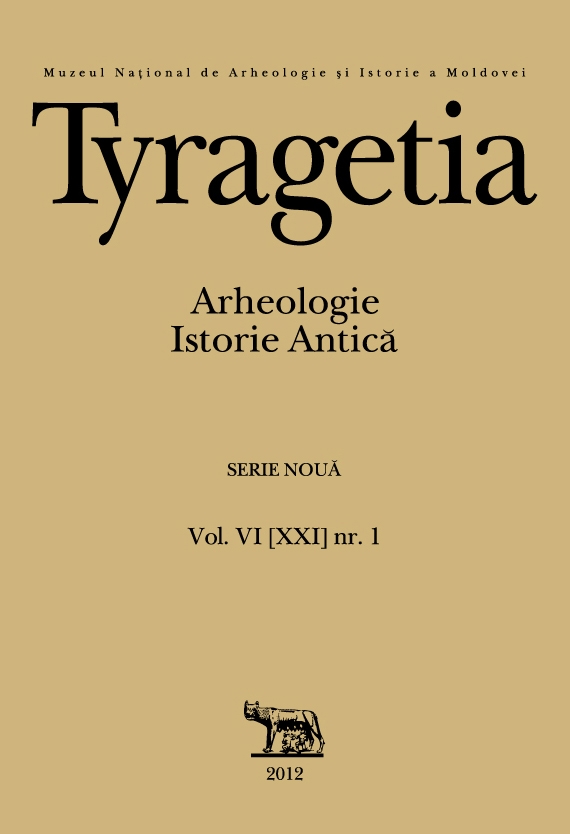Гончарные печи меотских городищ Прикубанья и Подонья
The pottery kilns at the Maeothian settlements of the Kuban river and the Don river regions
Author(s): Boris A. RaevSubject(s): Archaeology
Published by: Muzeul Naţional de Istorie a Moldovei
Keywords: Kuban region; Maeothian settlements; pottery kilns
Summary/Abstract: In 2005-09, three pottery kilns were unearthed at the Maeothian settlements of the first centuries AD in the Kuban River region. Together with 20 kilns excavated in the 1970s they formed a typologically compact group of pottery kilns in the region. All kilns are two-storey structures and differ only in size and design of the heating chambers. The diameters of kilns range from 0,9 to 2,6 m, with ca. 2,0 m on average. The roof of the heating chamber was supported by the partitions long-trapezoidal in shape. The openings for fire are mainly facing the east or northeast, for the western and southwest winds in summer did not cool the kilns. It allows us to suggest the seasonal use of these kilns, mainly for the summer.The kilns dated to the 2nd-1st centuries BC at the Elizavetinsky settlement located in the same region had served as prototypes for the kilns in study. The kilns of the similar design are known neither from the Greek or Roman pottery workshops, nor was it in use by the craftsmen of Central Asia. Some features makes parallel the Maeotian kilns of the Kuban region with kilns found in the Northwest Black Sea and Transcarpathian regions, the areas connected to the Celtic traditions. These traditions could be adopted by the Meothian craftsmen from the Celts lived in Asia Minor.The potters of the Kuban region, re-settled by the nomads to the Lower Don area in the 1st century AD had reproduced there their customary type of the pottery kilns. It explains the complete identity in the construction of kilns in both regions.The medieval pottery kilns in the Northeast Caucasian region did not continue the tradition. These were more primitive in design and easier to make.
Journal: Tyragetia (Serie Nouă)
- Issue Year: VI/2012
- Issue No: 1
- Page Range: 207-224
- Page Count: 18
- Language: Russian

